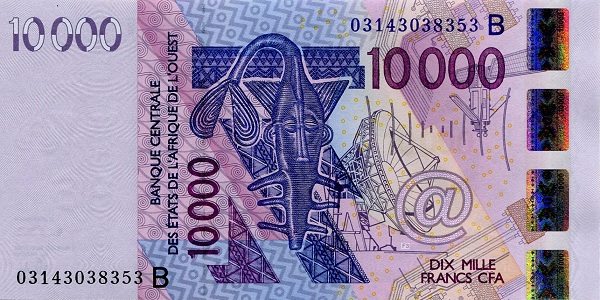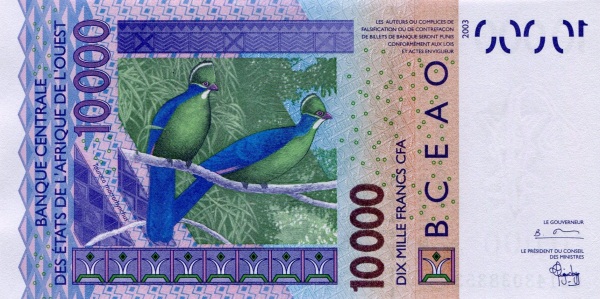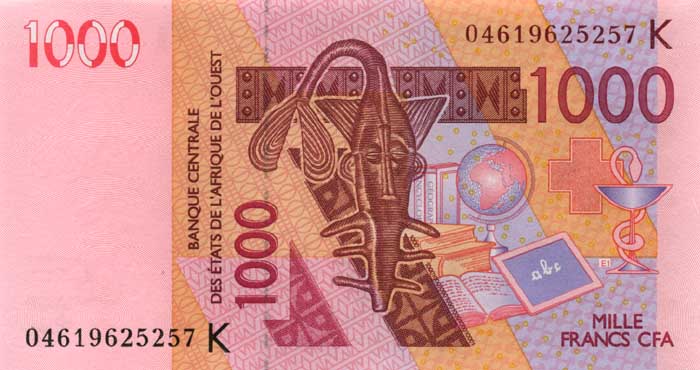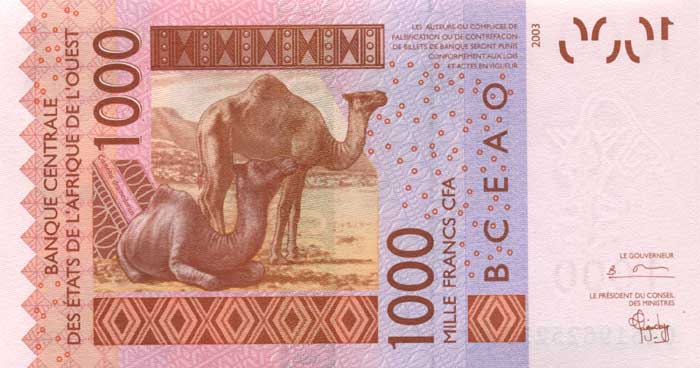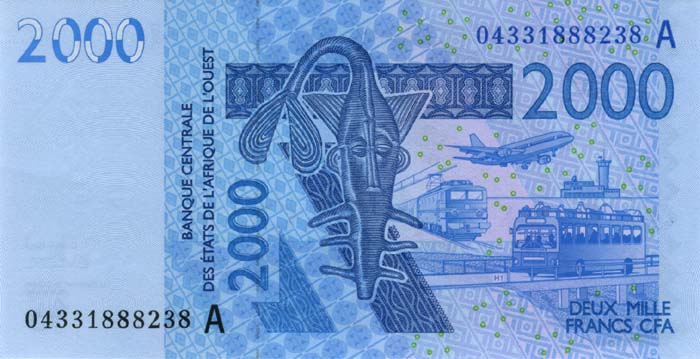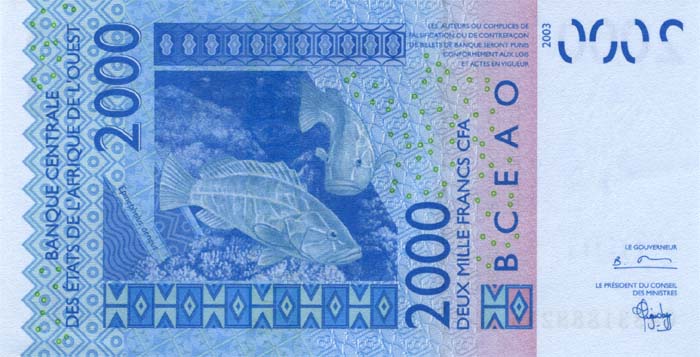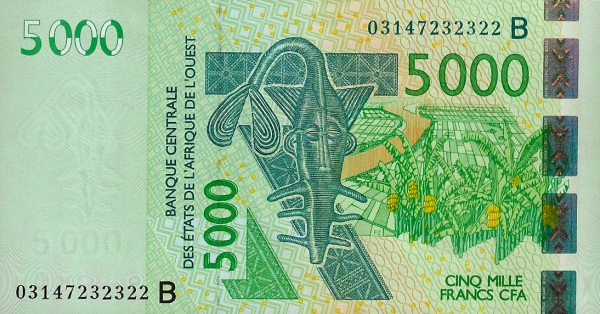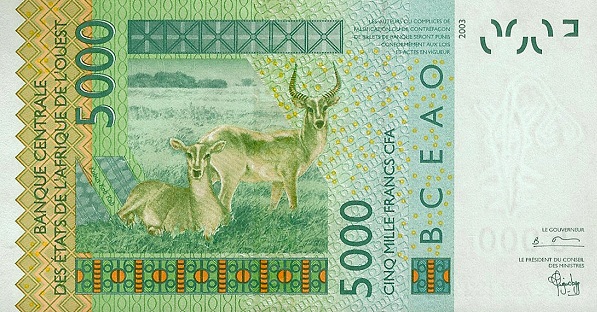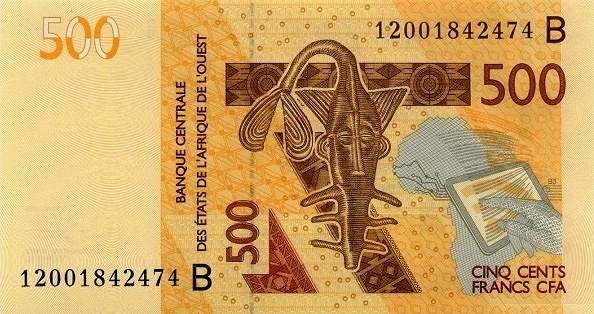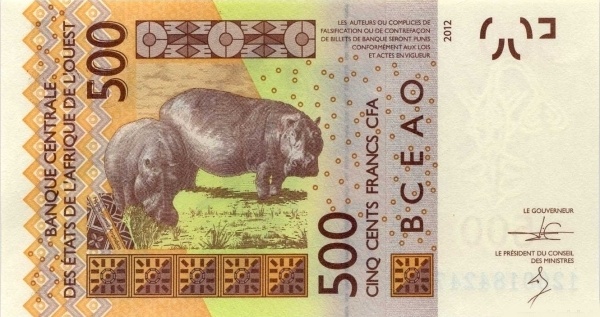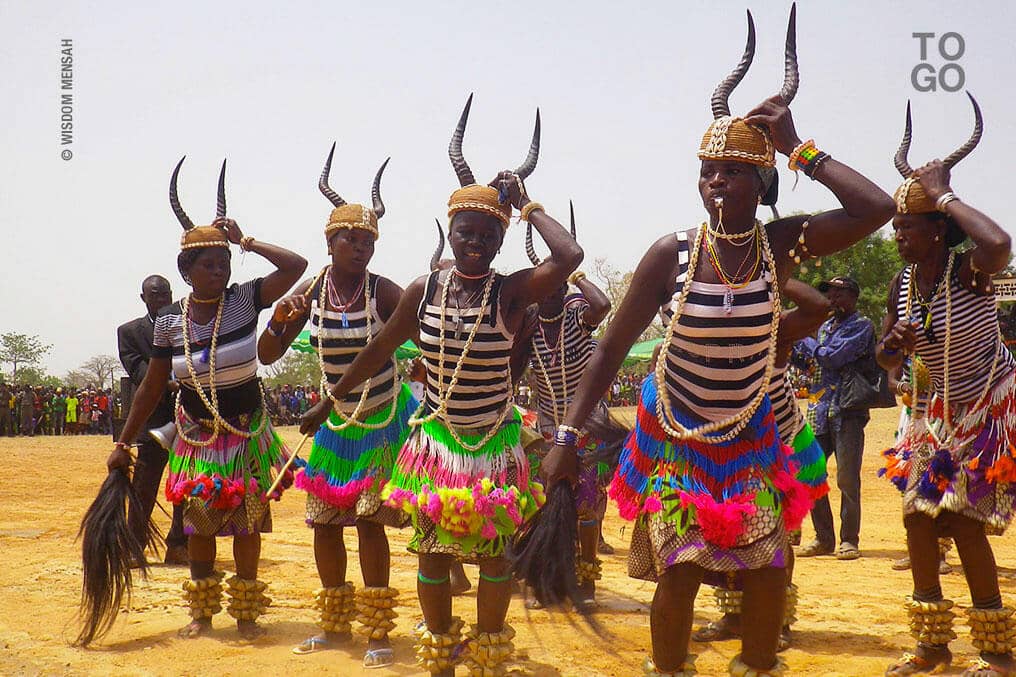Togo: A Vibrant Slice of West Africa
Situated in the heart of West Africa, Togo dazzles with its unique blend of cultures, landscapes, and rich history. Straddling the equator, this narrow strip of land lies between Ghana to the west and Benin to the east, with Burkina Faso bordering it to the north. Its short coastline along the Gulf of Guinea features palm-lined beaches and extensive lagoons, forming a picturesque backdrop. Covering an area of 56,785 km², Togo is roughly two-thirds the size of Austria and slightly smaller than the state of West Virginia in the U.S.
Population and Culture
With a population of approximately 7.9 million as of 2021, Togo’s vibrant capital, Lomé, serves as its largest city. In this multilingual milieu, nearly 40 different West African languages flourish, including the prominent Gbe dialects like Ewé, Gur, and Kabiyé. Interestingly, French functions as the official language, highlighting Togo's colonial past. When it comes to religion, almost half the population (44%) practices Christianity, predominantly Catholicism, while about 36% adhere to traditional animist beliefs. Voodoo, an essential aspect of the society, intertwines with the daily lives of many Togolese people.
Remarkable Attractions in Togo
Togo boasts many renowned sites that attract tourists eager to explore its wonders. One striking feature of the country is Koutammakou, the Land of the Batammariba. This UNESCO World Heritage Site, recognized since 2004, showcases an intricate cultural landscape characterized by takienta—clusters of clay tower-houses surrounded by protective mud walls. Additionally, Lake Togo, the only significant lake in the country, captivates visitors with its natural beauty.
Notably, the marché des féticheurs, or fetish market, located in Akodésséwa, a suburb of Lomé, amazes and intrigues. Here, one can find an array of items used for voodoo rituals and healing practices, from herbs and charms to animal skulls and dried reptiles. Vodun spirits, the cornerstone of many local beliefs, play a significant role in this cultural fabric.
The Economy of Togo
Transitioning to the economic landscape, Togo relies heavily on subsistence agriculture and trade. The majority of its labor force is engaged in farming activities, with key crops like corn, rice, and sorghum taking center stage. Coffee, cocoa, and cotton emerge as the country’s major exports, enhancing its economic profile. Moreover, Togo stands out as a leading producer of phosphates, which significantly contributes to the country’s GDP, amounting to around 8%.
However, despite these economic activities, the International Monetary Fund (IMF) ranks Togo among the poorest nations globally. Approximately 55% of the population lives below the poverty line. Furthermore, over half of the citizens experience food insecurity, an alarming statistic aggravated by a population growth rate of 2.5% annually, which impedes developmental progress.
Historical Insights into Togo
Diving into Togo's past reveals a complex tapestry of migration, conquest, colonization, and eventual independence. Formerly known as Togoland, the region primarily served as a hub for the slave trade. In 1884, Germany annexed the area, later dividing it between France and Great Britain after World War I. The two resulting territories became United Nations trust territories in 1946. Interestingly, the western part joined Ghana upon its independence in 1957, while the eastern segment, known as French Togoland, gained independence as Togo in 1960.
The political arena has seen significant upheaval, marked by the first general elections in 1958, which led to Sylvanus Olympio becoming Togo's inaugural president. Tragically, Olympio’s presidency ended in his assassination during a military rebellion in 1963. Following his rule, a series of unstable governments emerged, culminating in a long dictatorship under Gnassingbé Eyadéma, who remained in power until his death in 2005. Today, Faure Gnassingbé, Eyadéma's son, continues his father’s legacy as the current president.
Political Landscape of Togo
As a multiparty parliamentary republic, Togo’s political structure involves a president as the head of state, alongside a prime minister appointed by the president. Legislative power rests in the hands of the National Assembly. Despite regular multiparty elections since 1992, the political landscape remains largely dominated by the Gnassingbé family. The current president benefits from heightened security services that favor his ethnic group, presenting substantial challenges to political plurality and fairness.
Tourism and Natural Beauty
Togo’s diverse landscape offers much to explore, from the bustling streets of Lomé to the serene beauty of its national parks. Within the country, five distinct regions each boast their unique attractions: Maritime Togo, Plateaux, Centrale, Kara, and Savanes. Noteworthy locations include Sokodé, Togo's second-largest city, and Kpalimé, a gateway to Mont Agou and the stunning Kpime waterfall. The three national parks—Fosse aux Lions National Park, Oti-Kéran National Park, and Fazao Malfakassa National Park—also attract outdoor enthusiasts and nature lovers, eager to immerse themselves in Togo's natural splendor.
Cultural Richness
In addition to its natural beauty, Togo is also renowned for its rich cultural traditions. The famous Kente cloth, characterized by vibrant patterns, originates from both Ghana and Togo. This fabric holds significant cultural meanings, with over 300 unique designs available. Furthermore, the local cuisine features delightful dishes such as Fufu, a staple made from mashed cassava, yams, or green plantains, typically served with a spicy sauce or soup. Such culinary experiences present another enticing aspect for travelers seeking to engage with Togo's culture.
Contributions to Music and Arts
Moreover, Togo takes pride in its colorful music scene. One of the country's most celebrated musicians, King Mensah, affectionately called "The Golden Voice of Togo," showcases the rich rhythms and melodies inherent in Afro-pop music. His contributions continue to resonate with audiences both locally and internationally, reflecting the nation’s vibrant spirit through music.
Final Thoughts
In summary, Togo stands as a captivating destination enriched with history, culture, and natural beauty. From the bustling markets of Lomé to the serene landscapes of its national parks, Togo offers a diverse tapestry of experiences for travelers worldwide. By embracing both modern influences and traditional practices, this petite nation in West Africa invites exploration and appreciation.
Largest cities of: Togo
| City Name | Population | Year of foundation | |
| Lomé | 837,437 | 1884 | |
| Sotonou | 250,000 | 1960 | |
| Kpalimé | 110,000 | 1894 | |
| Tchamba | 61,000 | 1900 | |
| Atakpamé | 54,000 | 1900 | |
| Bassar | 45,000 | 1900 |
Togo: Money
